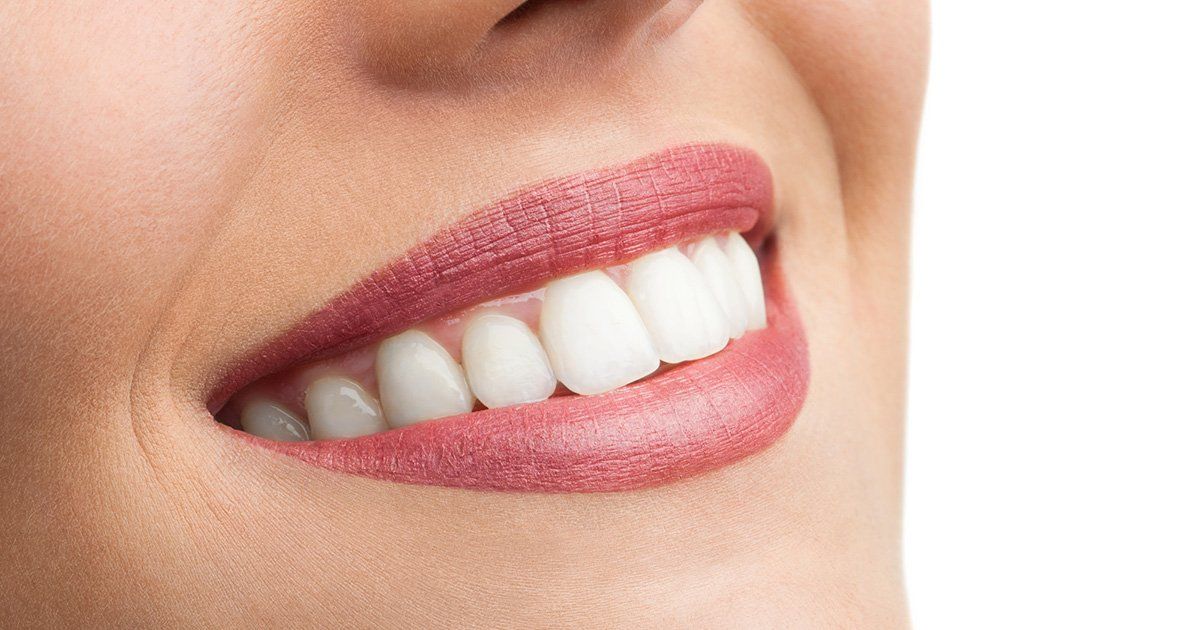What Is Dental Bonding and What Are the Types?
If you want to perfect your smile, dental bonding is likely a great option for you. Learn how it can help and all about the different types.
What's the fastest and easiest way to change the appearance of your smile? If you said braces or veneers, you'd be wrong! Dental bonding is a convenient, minimally invasive procedure that can transform your entire look.
From chips to spaces to uneven edges, dental bonding can create the look of perfect teeth. But what is a dental bond? Learn about the process and how it can help you achieve the smile of your dreams!
What Is Dental Bonding?
Dental bonding, sometimes called dental composite bonding, is a quick, one-time procedure. It involves attaching a tooth-colored resin material to the affected area with a UV light. Once completed, the teeth look flawless and natural.
Bonding can effectively change your tooth's size, shape, and color. Depending on the complexity, the process takes 30 minutes to several hours. There's no recovery time other than getting over some local anesthetic.
Types of Dental Bonding
There are two types of dental bonding: direct and indirect. The process is essentially the same, except that indirect bonding requires two separate appointments.
Direct Dental Bonding
During a direct dental bonding, your dentist will apply the resin to the affected area. They will then cure it with UV light to set and harden it. You usually won't need anesthesia, and the process is fast and pain-free.
Direct dental bonding is the most common type used today. It's perfect for minor flaws like cracks and chips. Direct dental bonding can also be used to even out the length and look of teeth.
Indirect Dental Bonding
Indirect dental bonding also uses the same resin and UV light process. But instead of applying the material directly to the teeth, an inlay or a filling is made first. The first appointment consists of an exam, x-ray, and mold of the tooth.
The mold gets sent to a lab where a technician creates a perfect inlay. That inlay is then applied and cured during your second appointment. This method is often used for more severe problems like decayed or broken teeth.
When Is Dental Bonding Used?
Bonding is a general dental service available at every dental clinic. You may have already had some experience with the process. It can be an effective solution to:
- Replace amalgam fillings
- Repair decayed or broken teeth
- Change the shape of teeth
- Protect the root if gums recede
- Fix chips and cracks
- Close spaces between teeth
- Alter the length of teeth
- Improve the look of discolored teeth
Dental bonding is practical for mild to moderate issues. If you have severe misalignment, then braces might be a better option.
The Dental Bonding Process
The dental bonding process consists of six easy steps. Before the application, your dentist will likely take x-rays to ensure there are no underlying issues. If you have decay, they will have to remove the deteriorated part of the tooth.
First, your dentist will select a natural-looking shade to match your teeth. Dental bond resin comes in many shades variations from bright white to neutral beige. This creates a beautiful, flawless filling that's a major upgrade from the amalgam option!
Next, they will prepare your tooth by roughing up the surface. A conditioning liquid is applied on top to act as a primer. This step helps the resin adhere to your tooth better.
Once the area is ready, your dentist can start molding the composite resin. The resin is a soft, putty-like material that's flexible enough to form into a natural shape. A dental UV light cures the resin, making it hard and bonding it to your original tooth.
The final step involves polishing your tooth and making final adjustments. Your dentist may also use some articulation paper to check your bite and ensure it's smooth. If something is too sharp or high, they may sand down the tooth to make it ideal.
Pros and Cons of Dental Bonding
Dental bonding has many advantages, but it's not a cure-all procedure. Weighing the pros and cons of the process can help you make an informed decision.
Advantages
The main advantage of dental bonding is how cost-effective it is. The typical cost of a dental crown for broken or decayed teeth can run anywhere from $1000 to $3500. Dental bonding can often accomplish the same results for several hundred dollars.
It's also a lightning-fast process that only takes one or two appointments. Braces or veneers can take months to straighten out issues like spacing. But with dental bonding, you can achieve the look within several hours!
Dental bonding is an effective solution for transforming the appearance of teeth. Stubborn stains, discolored teeth, cracks, and uneven lengths quickly disappear with bonding. And improving the look of your teeth can help boost your self-confidence!
Disadvantages
A slight disadvantage of dental bonding is its longevity compared to other options. Research suggests that the average dental bonding lasts 5.7 years. But the longevity of your dental bonding also depends on how well you take care of your oral health.
It's also not as stain-resistant as some other procedures like porcelain restorations. But if you're looking for a fast solution for minor issues, dental bonding is a great option.
Maintenance and Care
A bonus of bonding is easy maintenance. In general, dental bonding maintenance is the same as regular oral hygiene practices. Brush at least twice a day, floss regularly, and visit your dentist for cleanings.
Avoid bad oral habits as an extra precaution. Biting your nails, chewing on pens, and smoking can cause your teeth to break or discolor more quickly.
Find a Dentist in Honesdale, PA
Dental bonding is an effective option if you're looking to change the appearance of your teeth. Cosmetic dental bonding is also a more aesthetically-pleasing alternative to amalgam fillings. Chips, cracks, and dark spots will be a thing of the past thanks to a quick, painless procedure!
Contact us at Complete Health Dentistry of Nepa if you're ready to upgrade your smile. Our expert team will guide you through the process from start to finish! Schedule your appointment today.


